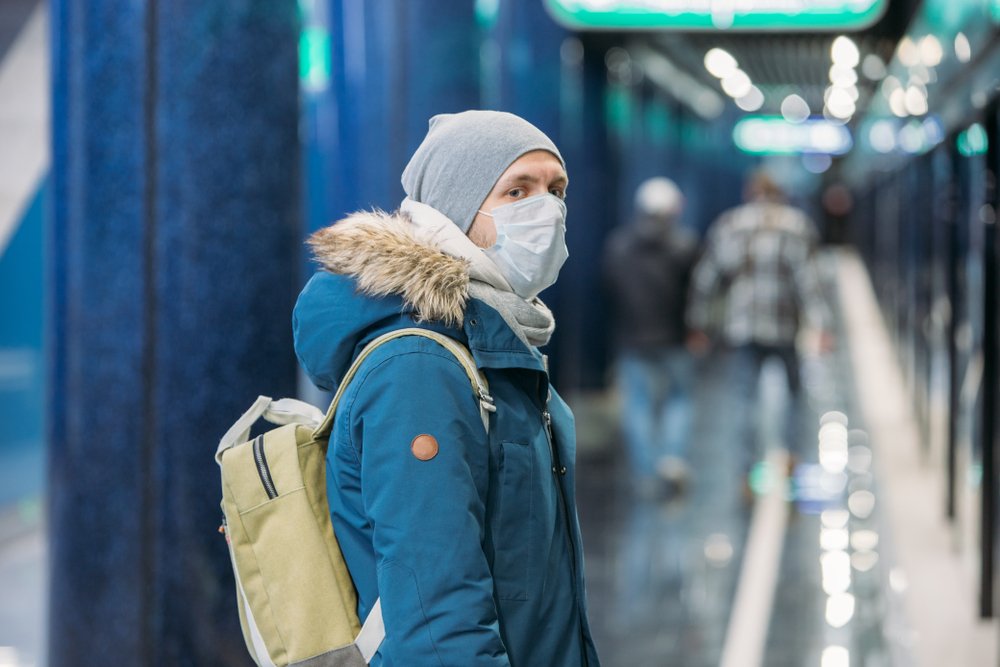Before the COVID-19 pandemic, few of us gave much thought to the annual toll from influenza. Some people get their flu shots annually, some don’t, and either way we generally think of the winter outbreak as just an inevitable inconvenience.
But that perspective diminishes the destructive toll of this endemic virus. In a typical flu season, 20,000 to 40,000 Americans die of it. The 2017-2018 flu season, one of the worst of recent years, cost 61,000 lives.
The flu season that’s just wrapping up, however, has shown that most of these deaths are avoidable. The U.S. Centers for Disease Control and Prevention recently reported data covering the bulk of flu season for 2020-2021. They showed the lowest rates of flu hospitalizations since such records were first kept in 2005. One influenza surveillance network covering a small percentage of the U.S. population reported 173 confirmed flu hospitalizations for the entire season; the one before, that number was 70 times higher.

It’s tempting to dismiss these numbers as a fluke. After all, with the COVID-19 pandemic raging, surely even people with severe cases of flu avoided the hospital. But test numbers don’t support the idea that there may have been a flu epidemic as usual that was just hidden. As of mid-February, clinical laboratories nationwide reported testing about 632,000 samples since the start of flu season, which is within range of the 823,000 samples they tested at the same point a year ago. For this season, fewer than 1,400 of those samples tested positive — a far cry from the 155,000 positives this time last year.
While total death numbers have not yet been reported for the latest flu season, pediatric deaths associated with influenza have. There was just one reported death in 2020-2021. In the three years prior, pediatric flu deaths averaged 175 annually. That is a major achievement, and means many young lives were saved.
Clearly, the interventions we are taking for COVID-19 have been highly effective at reducing flu transmission as well. Last summer, as we nervously looked ahead to the possibility of fighting two respiratory infection pandemics at the same time, experts pointed out that the steps many people had learned to take for COVID-19 — wearing masks, social distancing, and washing hands thoroughly and often— are the same ones public health officials so often recommend to prevent the flu. In addition, with many children taking classes from home, the high rates of transmission kids typically contribute to flu season were all but eliminated.

We now have hard evidence that very basic measures can save tens of thousands of lives each year. So the real question is, what will we do with this knowledge? We won’t need harsh lockdowns, but we have the opportunity to save lives by monitoring flu prevalence in our communities, masking up, washing our hands more often, and even taking more care to social distance, depending on flu’s prevalence in our communities..
Personally, I’d like to believe that any rational society would embrace common-sense steps to save so many of its people. But one year into the pandemic, when the U.S. has lost half a million souls to a pandemic whose impact could have been drastically reduced with the same practices, it is reasonable to question our commitment to public health — and to each other.
Indeed, it’s even possible that witnessing the COVID-19 pandemic may actually make people more lackadaisical about flu season, since its yearly toll is just a fraction of the lives we have lost to coronavirus.
Even if COVID-19 cannot be rooted out, potentially becoming an endemic virus among humans just like the flu, at some point the worst of the current pandemic will be behind us. And at that point, it will be up to us either to take the lessons we’ve learned and use them to save thousands of lives each year during flu season, or to put our blinders back on and accept those deaths as the cost of going back to normal life.

















